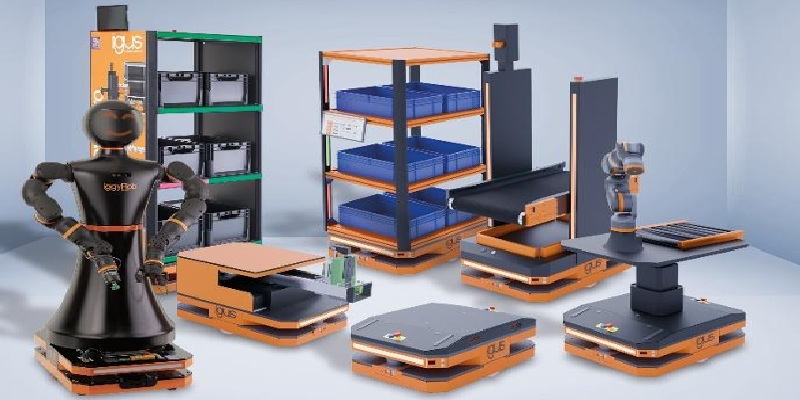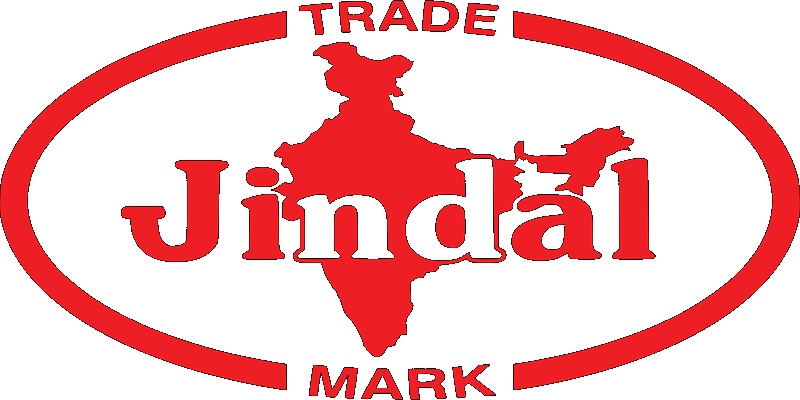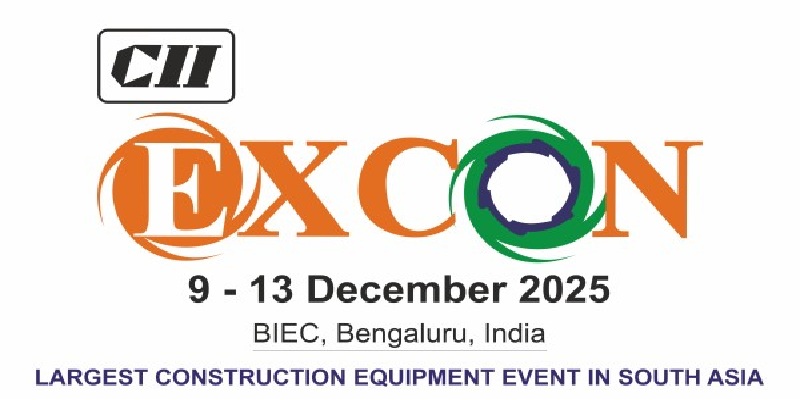Schedule a Call Back
Motors industry: Driven by technology
 Technical Articles
Technical Articles- Mar 01,19

Related Stories
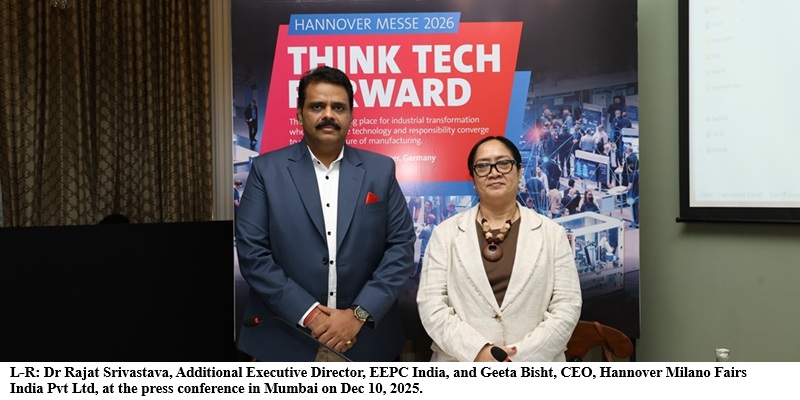
Hannover Messe 2026 to focus on automation & digitalization, adds Defense Area
At the upcoming Hannover Messe, AI will be a recurring theme throughout all the halls, and will play a central role on almost all stands.
Read more
ABB India Launches ACS380-E Drive for Future-Proof Industrial Automation
The ACS380-E drive will support all common rotary motor types across global voltage ranges (100–600 V) and will deliver superior motor control for applications such as packaging systems, conveyors..
Read more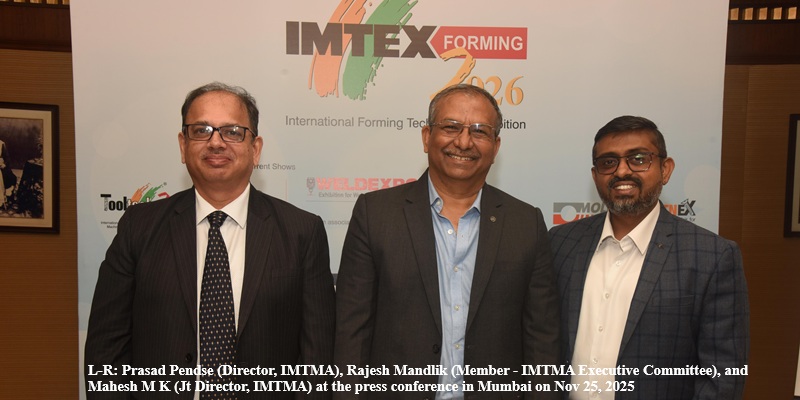
IMTEX Forming 2026 to bring together global metal forming leaders in Bengaluru
At the Asia's largest metal forming exhibition, 600+ global exhibitors from 20 countries will showcase latest technologies in metal forming, digital manufacturing, welding, and moulding among others..
Read moreRelated Products
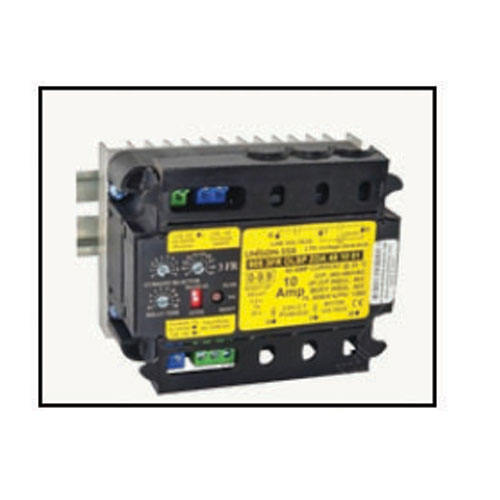
Ph Fwd/ Rev Motor Protection Ssrs
Insys Electrical & Controls offers a wide range of PH FWD/ REV motor protection SSRs.

Commutator Motors
J D Automation provides a range of commutator motors, which are also
known as permanent magnet DC motors.
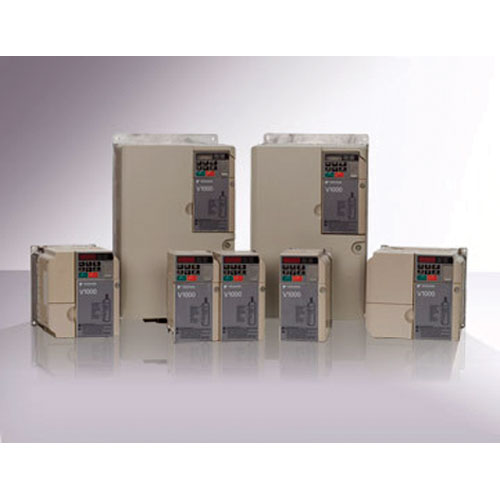
Compact Speed Vector Drives
Confident Automation offers compact speed vector drives.





